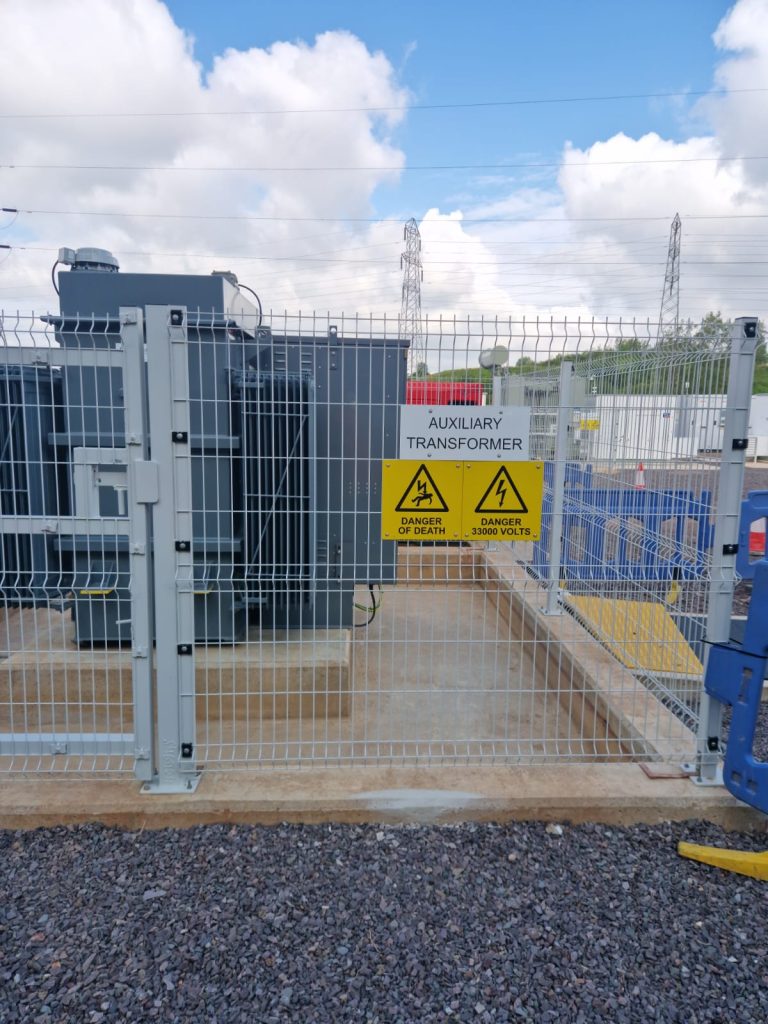Powering the Future: High Voltage Maintenance and Vegetation Management in Solar Farms
High Voltage Maintenance: Ensuring Safety and Efficiency
High voltage equipment is the backbone of solar farms, facilitating the transmission of generated power. Regular maintenance is crucial to prevent failures that can lead to costly downtimes or safety hazards. Key practices include:
Routine Inspections: Identifying wear and potential issues before they escalate.
Testing and Calibration: Ensuring equipment operates within specified parameters.
Up-to-Date Training: Keeping maintenance personnel informed about the latest safety protocols and technologies.
Implementing these practices not only enhances safety but also maximizes the efficiency and lifespan of the equipment.
Vegetation Management: Protecting Assets and the Environment
Overgrown vegetation can cast shadows on panels, reducing energy output, and pose fire risks. Effective vegetation management strategies include:
Regular Mowing: Keeping grass and weeds at bay to maintain optimal panel exposure.
Selective Planting: Using ground cover that requires minimal maintenance and supports local biodiversity.
Innovative Solutions: Some solar farms employ grazing animals, like sheep, to naturally manage vegetation, a practice known as “solar grazing.”
These methods not only protect the infrastructure but also contribute to environmental sustainability.

Conclusion
Maintaining high voltage systems and managing vegetation are critical components in the operation of solar farms. At Bann Power, we are committed to implementing best practices that ensure safety, efficiency, and environmental stewardship in our renewable energy projects.



